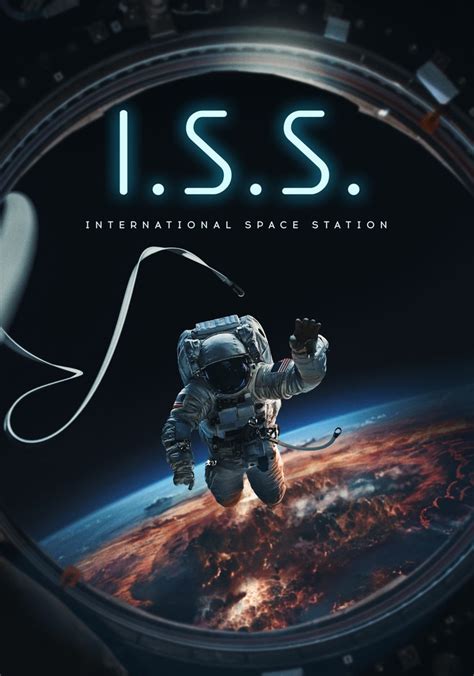The I.s.s

The International Space Station (ISS) stands as a testament to human ingenuity and collaboration, marking a significant milestone in space exploration and research. This orbiting laboratory, a joint effort between multiple nations, has been a home away from home for astronauts and a hub for scientific discovery for over two decades. With its unique microgravity environment, the ISS has facilitated groundbreaking research in biology, physics, astronomy, and more, providing invaluable insights that benefit life on Earth.
A Global Endeavor: The International Space Station

The ISS is a collaborative project involving five space agencies: NASA (National Aeronautics and Space Administration) from the United States, Roscosmos from Russia, JAXA (Japan Aerospace Exploration Agency), ESA (European Space Agency), and CSA (Canadian Space Agency). Construction began in 1998, and since then, it has become a symbol of international cooperation, with each partner contributing unique modules and expertise.
Modular Design and Components
The ISS is composed of various pressurized modules, each serving specific functions. These include living quarters, laboratories, docking ports, and a cupola with an incredible Earth-viewing window. Some key components are:
- Unity Node: This module, built by the United States, serves as a connecting point for several other modules.
- Zvezda Service Module: Provided by Russia, it houses essential systems like life support and propulsion.
- Destiny Laboratory: A primary research module from the United States, it conducts various scientific experiments.
- Kibo Laboratory: Japan’s contribution, it is the largest single module on the ISS, offering extensive research capabilities.
Research and Experiments
The ISS has hosted a multitude of experiments, contributing to our understanding of various scientific disciplines. Some notable areas of research include:
- Biological Studies: Researchers study the effects of microgravity on plants, animals, and even human cells, providing insights into potential treatments for diseases and improving agricultural practices.
- Material Science: The unique environment of the ISS allows for the creation of materials not possible on Earth, leading to advancements in technology and manufacturing.
- Astronomy and Earth Observation: With its strategic position in orbit, the ISS offers a platform for studying celestial objects and monitoring Earth’s climate and environmental changes.
| Research Area | Key Experiments |
|---|---|
| Biology | The Microbial Observatory, which studies microbial life in space |
| Physics | The Alpha Magnetic Spectrometer, investigating cosmic rays |
| Technology | 3D printing in space, a potential game-changer for future space missions |

Daily Life on the ISS
Life on the ISS is a unique experience. Astronauts follow a rigorous schedule, with their days divided between research, maintenance, and personal time. They exercise regularly to combat the effects of microgravity on their bodies and enjoy a varied diet of specially prepared space food. Communication with mission control and their families back on Earth is a vital part of their routine.
The Future of the ISS
The International Space Station is currently operational and has been continuously inhabited since November 2000. Its lifespan has been extended multiple times, with the latest extension taking it to at least 2030. Beyond its scientific contributions, the ISS has served as a platform for international diplomacy and has inspired generations of scientists and engineers.
Conclusion: A Legacy of Discovery

The International Space Station is more than just a technological marvel; it’s a symbol of what humanity can achieve when nations come together for a common goal. Its research and the resulting advancements have pushed the boundaries of our understanding and paved the way for future space exploration. As we look to the stars, the ISS will forever remain a shining example of our capacity for exploration and collaboration.
How long does it take to travel to the ISS from Earth?
+The typical journey time for a spacecraft to reach the ISS from Earth is around 6 hours. This is achieved through a series of precise orbital maneuvers, often involving multiple engine burns.
What is the average stay duration for astronauts on the ISS?
+The standard mission duration for astronauts on the ISS is approximately 6 months. This period allows for extensive research and adaptation to the microgravity environment.
How does the ISS maintain its orbit?
+The ISS uses its propulsion system, primarily the engines on the Zvezda module, to periodically raise its orbit and counteract the effects of atmospheric drag. This ensures the station remains in a stable, low-Earth orbit.



